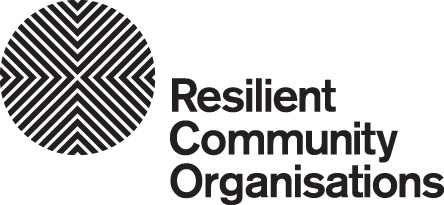Learn From Others and Share Knowlege
Ongoing improvement of disaster plans will require learning from others. This can take various forms, for example:
- Staff training
- Research and reading up
- Learning from local community experiences and other local organisations
Learning from others brings with it the reciprocal responsibility to share what you learn. This can take various forms, for example:
- Sharing what you learn at inter-agencies
- Writing case studies and sharing them on the web – e.g. on the Resilient Communities web site (share your story on the Get Involved page).
- Participating in community forums and other events.
Seek Out Training Opportunities
There are lots of training opportunities available to the community sector.
Your State or Territory Council of Social Service will either run training specifically for community organisations or be able to connect you with organisations who do.
Red Cross have a range of community sector specific training packages to help build your capacity to help in emergency preparedness and recovery.
Local and state governments often provide emergency management training and run exercises.
Have a chat to your local emergency service organisations to find out what training they offer.
Read up
There are virtually no ecosystems that aren’t shaped by people and no people without the need of an ecosystem.[1] Some of the changes that will develop in our environment may happen suddenly whilst many chronic stresses may evolve more slowly or less visibly. Therefore, it is imperative that we stay informed of the challenges and opportunities our changing environment presents.
There are some amazing resources to keep you up to date on climate change and emergencies. Keep your eye out for new research, materials and tools from the following organisations:
- Australian Emergency Management Institute Knowledge Hub and Library
- Australian Journal of Emergency Management
- CSIRO
- Red Cross
- Bureau of Meteorology
- National Climate Change Adaptation Research Facility – Vulnerable Communities Network
Inspire
Share your wisdom with other community organisations by letting us know what you’ve been up to. What steps is your organisation taking to become more disaster resilient? It doesn’t have to be a ground breaking solution; send us an update of what you’ve learnt, the activities you undertook to reduce your risk or what you wish you had done before a disaster or emergency.





